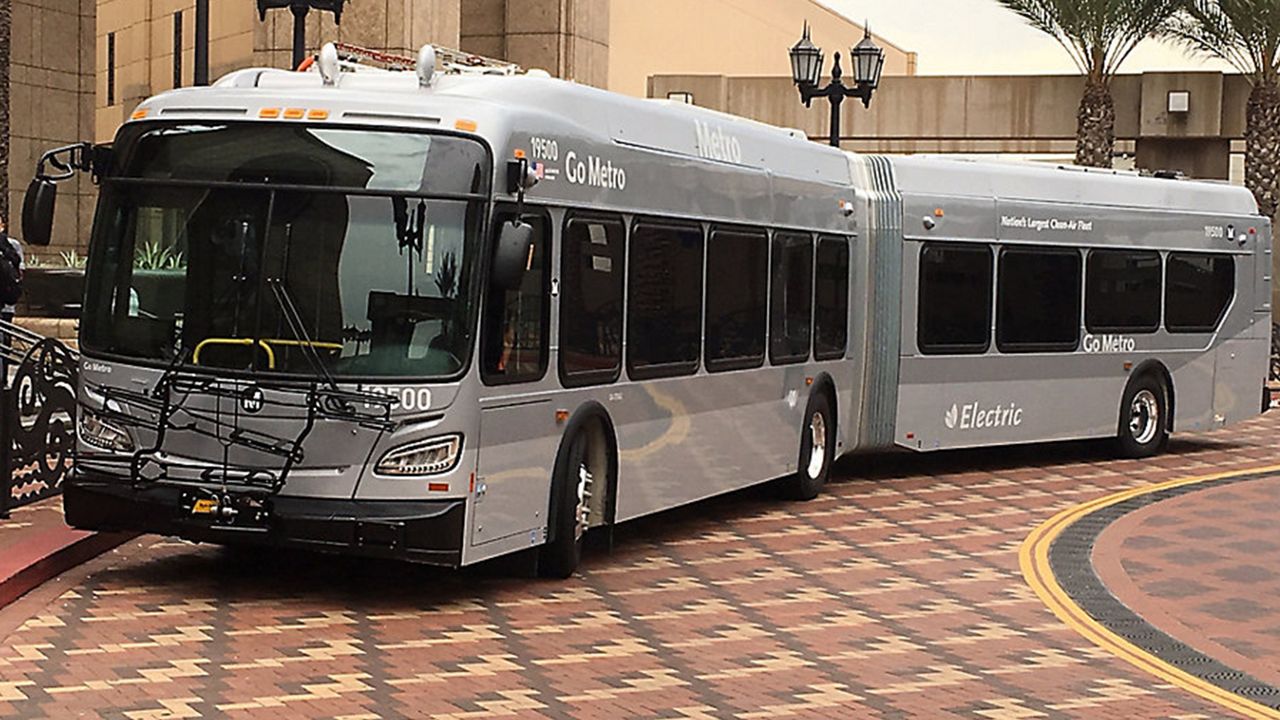LOS ANGELES – With ridership plummeting from 1.2 million passengers daily to 450,000 today, the Los Angeles County Metropolitan Transportation Authority has been hit hard by the Covid-19 pandemic. Revenues are down $1.8 billion since mid-March, clobbered by a triple whammy of reduced fares, sales taxes, and advertising.
Now, the agency is taking steps to win back those riders.
Among the changes it began implementing in May: hand sanitizer dispensers at major transit hubs, and street teams handing out masks to transit riders, who are now required to wear face coverings when they board. Metro is also studying UV lights to help sanitize surfaces, as well as using copper for buses’ metal poles because it renders viruses inactive.
Despite the devastating impact of the coronavirus, Los Angeles is continuing to build the country’s largest transportation infrastructure program.
“Our goal is still to deliver as many projects as possible by 2028 for the Olympics and the Paralympic Games,” Washington said.
This week Metro celebrated a major milestone for its Purple Line rail extension, designed to connect downtown Los Angeles to the Miracle Mile, Beverly Hills, and Westwood. It completed the decking for its Beverly Hills station seven months ahead of schedule. Its new Silver Line transfer hub outside Union Station is scheduled to open this summer. And Metro recently took delivery of several new battery electric buses it ordered to meet its goal of transitioning all of its buses to zero emissions by 2030.
Washington said the biggest challenge moving forward is “figuring out what is our new mobility normal, but we have an opportunity to shift the paradigm away from single-passenger cars,” he said. The public’s response to COVID-19 showed the way, with many workers telecommuting and employers staggering shifts, reducing traffic.
“I believe in the mission and value of public transit just as strongly today as ever,” Washington said. “Coming out of this incredible economic downturn, there will be a need for public services. They will come back to public transit. They’re counting on us, and we are up to the task.”
